Fellow skincare lovers, where do you keep your ever-growing collection? The bathroom? Your bedroom drawer? Or maybe even the fridge?
Now we know all about double cleansing, natural ingredients, and keeping it cruelty-free, the next step is finding the right place to keep all our beloved products. Storing skincare correctly can extend its shelf-life – meaning less waste for the planet, and longer-lasting products for us.
Right, now it’s time to tidy. Let’s figure out what products go where.
How do I tell if my skincare has gone bad?
The main aim of storing skincare products correctly is to stop them from going bad before you get to use every last drop…but how do you know what they’ve gone off?
Just like food, the key things to look out for are a change in consistency, appearance, and smell. The US Food and Drug Administration breaks this down further and advice checking for:
- a change in texture
- a change in colour
- separation of the product
- a rotten smell
- black, green, or blue mould spots
Always remember to check the packaging of your skincare and look at the labels for ‘best before’ dates - this is the best way to keep track of your products!

Is the bathroom really the best place?
61% of people keep their skincare products in the bathroom, which isn’t surprising. Next to the bathroom sink is perhaps the most obvious place to put your skincare. After all, your routine likely takes place after your morning shower or once you’ve brushed your teeth. That said, it might not be the best home for your products.
Kimberley Hulme, manager at Face the Future skin clinic, says the bathroom is actually one of the worst spots to keep your skincare and can cut the shelf life of your products down by as much as half.
What?! How?!
She explains it’s because rapid temperature changes can affect the ingredients in your products, so a steamy power-shower isn’t doing your cleanser, toner, or moisturiser any good.
Of course, it depends on the individual formula of the product and what kind of container it’s stored in, but you might benefit from finding a more stable climate for your products.
What about the fridge?
Refrigerating cosmetics is a relatively new and controversial trend. Some people stand by storing their skincare next to their snacks, and others think it’s ridiculous. Experts are on the fence about this one too.
Krave Beauty, for example, explains that before any product is released to the public companies are required to test the formula against varying humidity and temperature levels. This is to verify that the product is safe in all kinds of conditions, refrigerated or not.
They also note that, unless otherwise stated, most skincare products are created to be stored at room temperature. This makes sense as it’s how the majority of their customers will store their products anyway.
On the other hand, some experts believe some products benefit from a cooler environment. Joshua Zeicher, the director of cosmetic and clinical research at Mount Sinai Hospital in New York, says ‘‘generally, but not always, refrigerating products will help extend their shelf life’’.
Others, such as Patricia Bolan, a skin specialist and lead product developer at Colorscience UK, emphasise the benefits of the cooling sensation of refrigerated products on the skin. Cooling products are thought to be better at de-puffing and boosting circulation. It’s easy to see how a cold eye cream can boost its powers, or a cool jade roller or facial mist can refresh the face on a hot summer’s day.
From our findings then, it seems the fridge is a potentially beneficial, but not necessary, place for your products. Where next?
How does sunlight affect my skincare products?
Before you put your favourite products on display on your vanity table or shelf, make sure they’re not in direct sunlight. When products get too hot, it breaks down active ingredients. As a result, you’re left with a less-effective product with a shorter shelf life.
You should be extra careful with your daily SPF. While it protects us from the sun, it’s not very good at protecting itself. Sunlight degrades its effectiveness, leaving your skin vulnerable to sun damage.
Packaging plays a part here too. Some plastic packaging can start to melt in extreme heat, releasing toxins into the products. Other materials are better at keeping the heat out, for example, we use green glass jars as it protects our ingredients from sunlight. To be on the safe side, it’s still best to avoid direct sunlight.
To sum up, you can get your products out whilst you use them, to get your Insta pictures, or share recommendations with a friend, but aside from that it’s best to keep them tucked away in a cupboard or drawer.

So, how should I store my skincare?
Storing skincare products depends largely on the individual ingredients, formulations, and packaging. You can head to a brand’s F&Q page to find out exactly where’s the best home.
The bottom line is that most products (like ours!) are best kept somewhere cool, dry, and where the temperature doesn’t fluctuate too much. Think of a perfectly organised cupboard or drawer, Marie Kondo style.
Where do you store your skincare routine? Share your skincare space and tag us on Instagram!
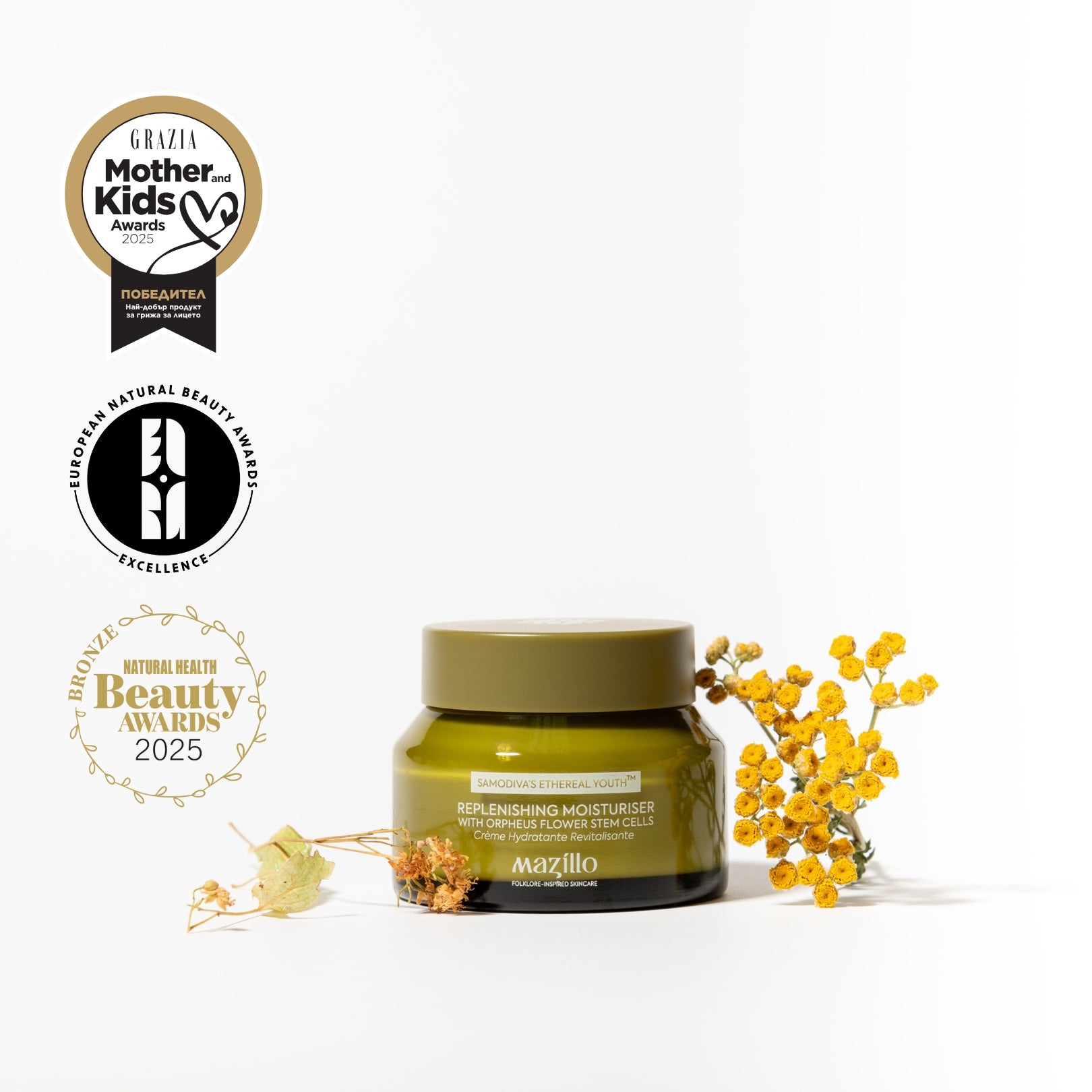
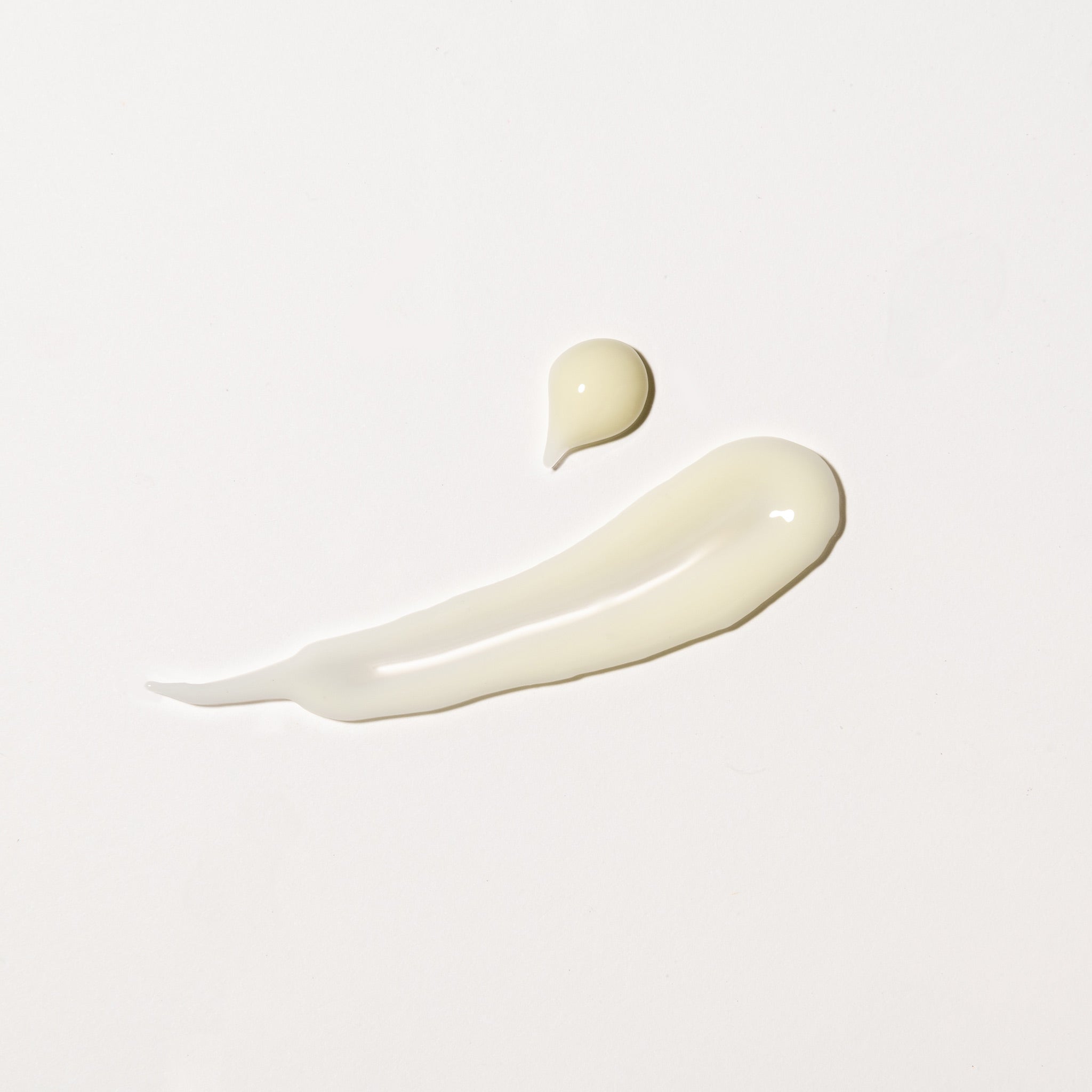
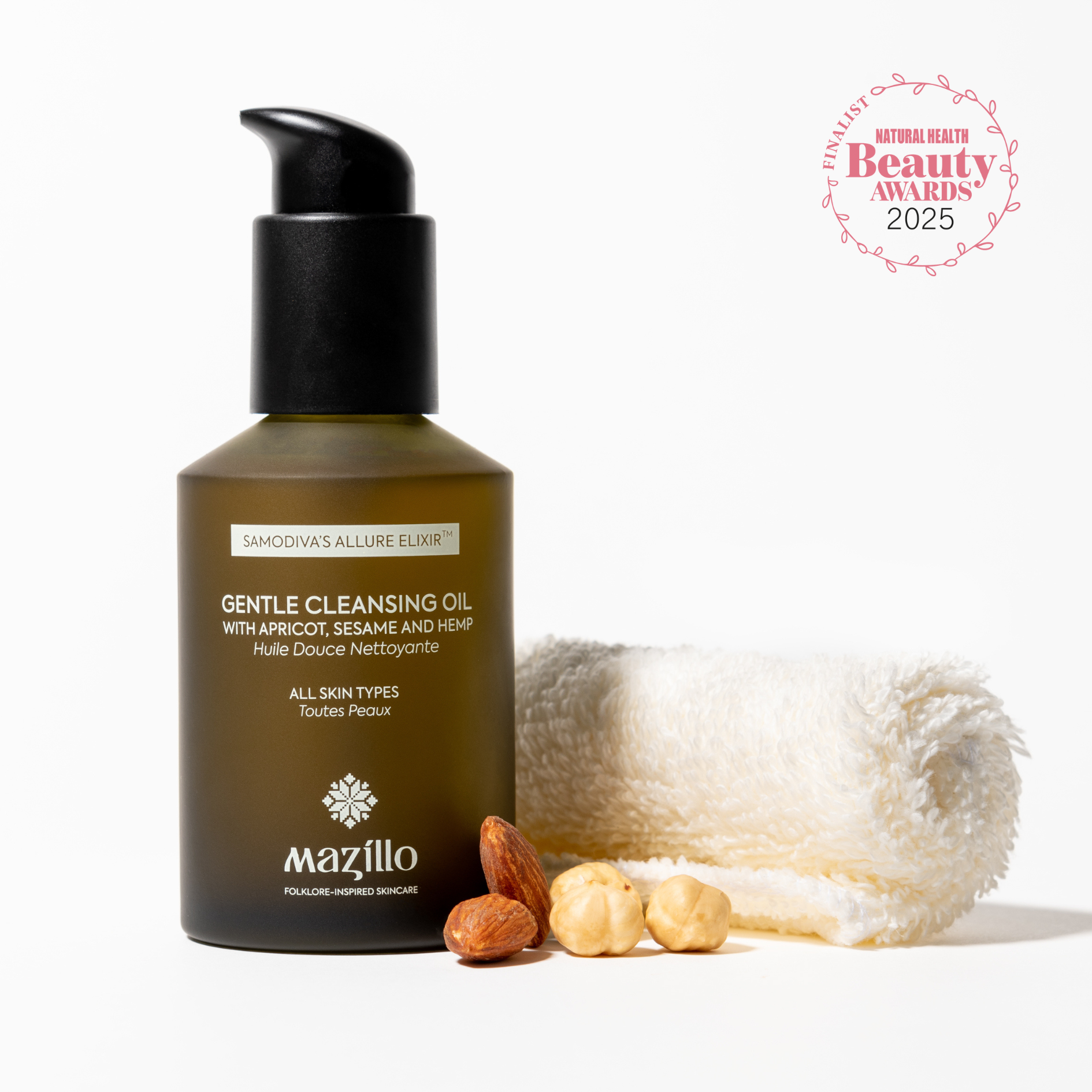
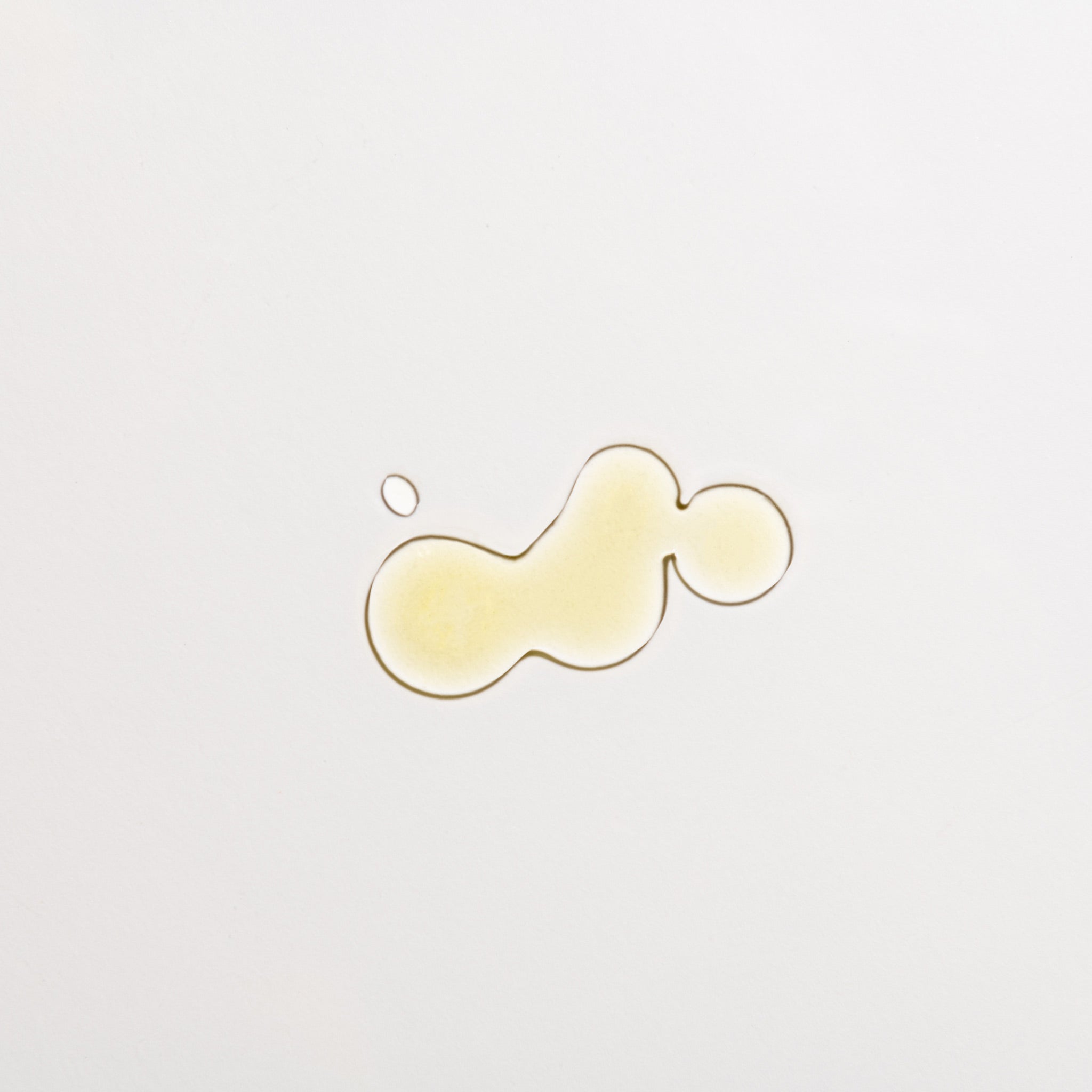
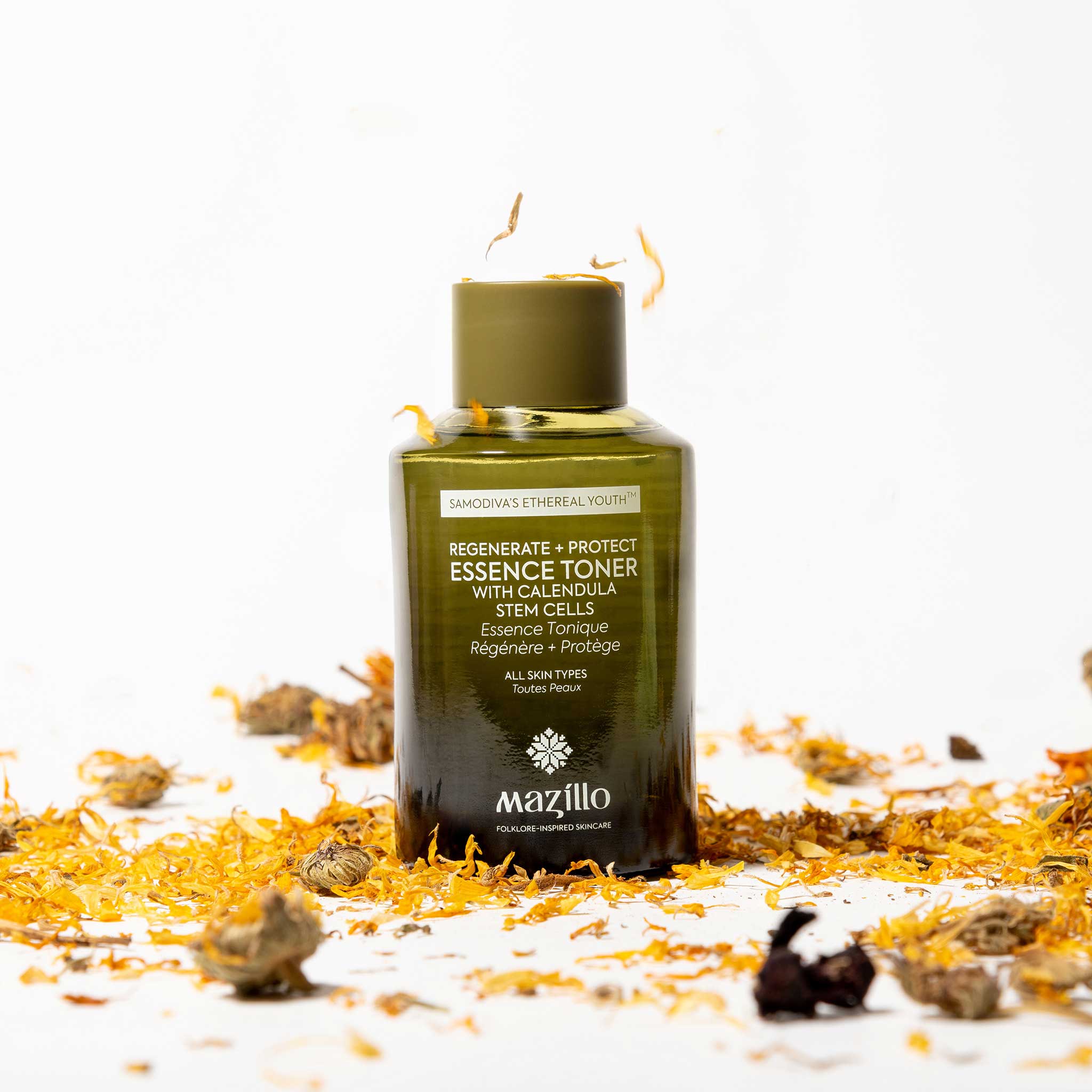
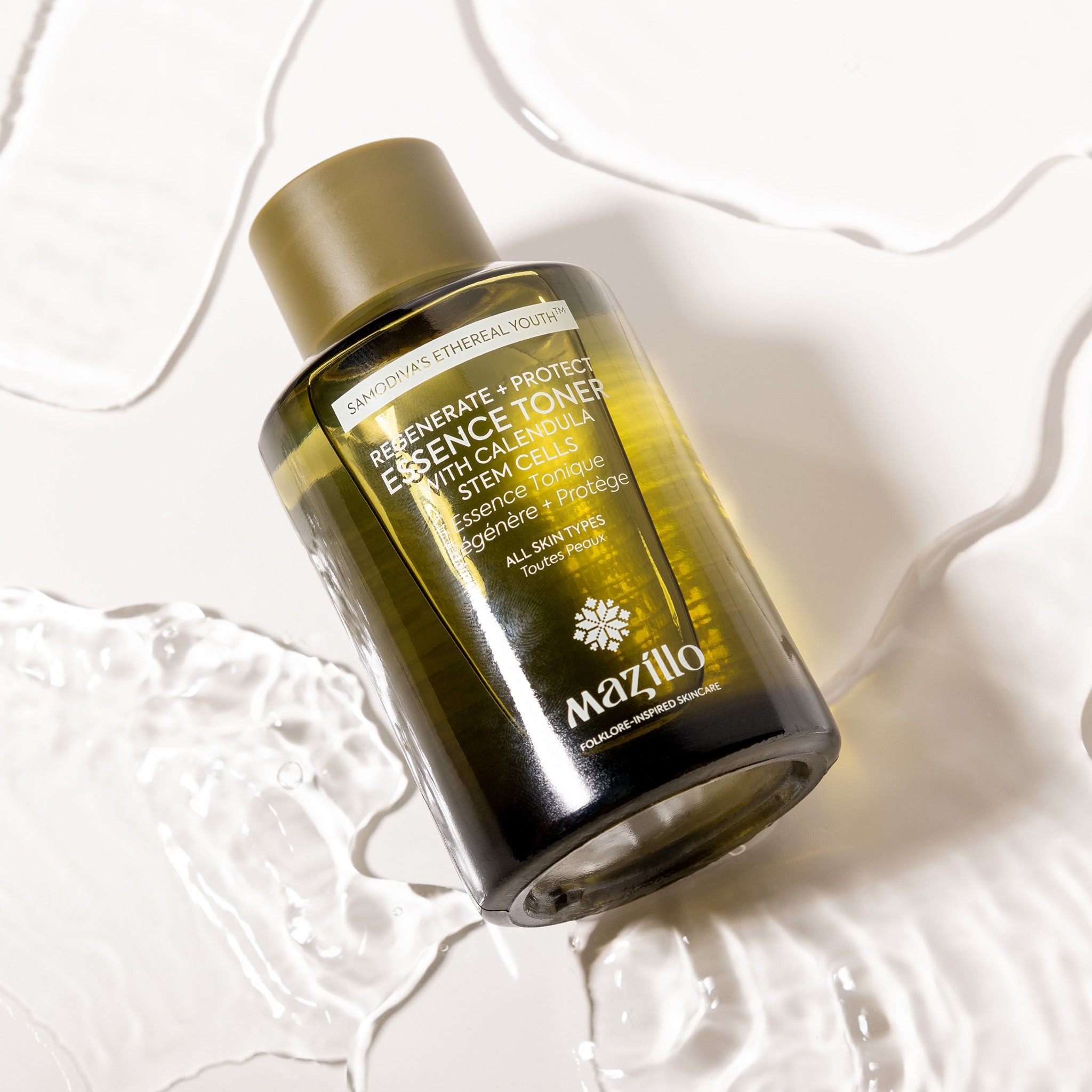

Leave a comment